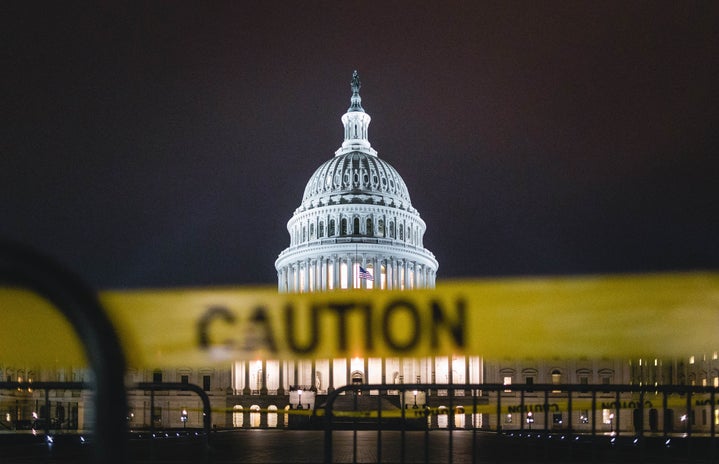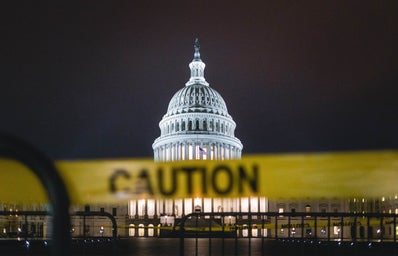If you are a University of Utah student, chances are you’ve seen the bright pink, yellow, and purple signs around campus boasting various phrases about safety. The signs, reading phrases such as “Safety is a culture,” “You + Training = Power,” and “Safety first. Second. And third.” surely catch people’s attention briefly. But, as we quickly walk past signs these signs to get to class, there are times where I have to stop and ask: why does the university feel the need to run an ad campaign about safety?
This became the exact topic of conversation in my advertising class a day earlier this month. As a junior in the marketing program, I have studied my fair share of ad campaigns, branding efforts, and various marketing tactics, and I understand that in certain cases and when executed correctly, these types of ad campaigns can be effective. But, as a 21-year-old female student who came to the University of Utah a little over 2 years ago, it’s hard to see the university using an ad campaign as an effort to safetywash the failings of students during that time. But where exactly is the disconnect between an effective way to advertise the changes regarding safety around campus and the current campaign?
Let’s first look at the pieces of advertising themselves. From purely a design standpoint, the graphics are horrible – sorry I tried to find a nicer way to say it, but honestly, I can’t think of one. The bright purple, neon yellow, hot pink, and black hurt your eyes to look at for more than a half-second glance. This, coupled with the confusing and vague slogans chosen, make the ads all the worse. Finally, the cartoon-like drawings of superheroes and foam fingers make absolutely no sense or relate to the matters at hand.
Now, we can incorporate those pieces of advertising into the setting where they are featured. These visuals have been scattered so many places on campus that sometimes you stop even noticing them. At their smallest, they were created into yard signs and t-shirts. But other than this, these have been plastered on the sides of buses, on the floors of hallways, and even on the side of the library. To think that bright colors, semi-catchy phrases, and cartoon drawings are anywhere near appropriate not only to advertise to young adults but also to talk about a subject involving the deaths and sexual assaults of multiple students, is both tone-deaf and completely ignorant. Additionally, it only works to further the divide of understanding between students and the university’s administration that students already feel.
How are we supposed to believe that our voices are taken seriously when we are being talked to as if we are children? How are we supposed to believe that the university can confront these all too real issues when they are splashing bright colors, superheroes, and untrue statements on a topic as serious as this? How are we supposed to believe that the university cares about the issues at hand when they decided to deem October “SafeU” month for their publicity instead of acknowledging October as National Domestic Violence Awareness month?
Perhaps this all sounds a bit harsh. But unfortunately, advertising is one of the most public things out there and is bound to receive criticism. (Yes, we all remember the Kendall Jenner Pepsi ad) What is even more unfortunate is that the good things the university has done are being completely ignored and overpowered by some yellow and pink signs around campus. Students want action on campus, not empty promises. So, why are we attempting to tell people what they should feel rather than show them the actions that have actually been taken?
It is important to note that in the midst of all of this, the university has been taking a handful of actions around campus to follow through on certain aspects of campus safety. There have been more lights added, new blue boxes installed, a SafeRide program started, and many more wonderful initiatives around campus that do show consideration for student safety. But, this goes to show that the university cannot try to safetywash campus with the current ad campaign. It shows that the disconnect between student and administration is still very present and that we must understand our student body base before choosing the messages we want to send to them. And perhaps most of all, it shows that the university still must learn the virtue of humility, and the ability to accept when you have misrepresented or failed your students.
I hope that somewhere in the future, there is a better connection between students and staff and more openness to hear the student voice. I hope that our campus’s unique characteristics become things that enhance our learning rather than hinder our safety. I hope that the university continues on its path towards a safer campus. And I hope that the University of Utah commits itself to make student safety a priority because it is the right thing to do, and not simply because they want to save face.



